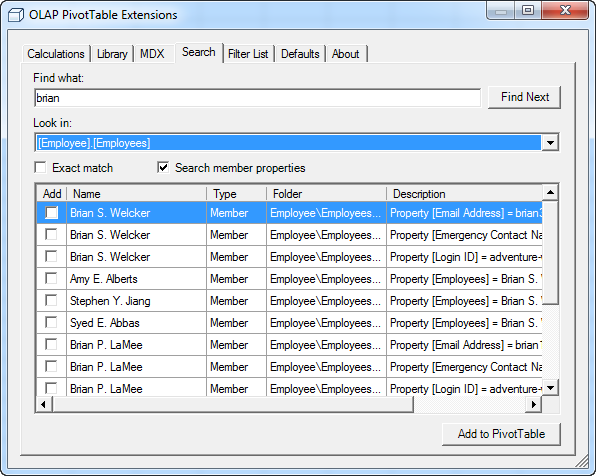Professional Microsoft PowerPivot for Excel and SharePoint
I had the pleasure to read the book Professional Microsoft PowerPivot for Excel and SharePoint by Sivakumar Harinath, Ron Pihlgren, and Denny Guang-Yeu Lee. All of the authors are with the Microsoft Analysis Services team. Together with David Wickert, Denny Lee runs the blog, which is “dedicated to all things PowerPivot”. Siva has written the 2005 and 2008 editions of the Professional SQL Server Analysis Services with MDX. So, the book is straight from the horse’s mouth.
I really liked the book. It’s easy to follow and includes insightful tips. The book targets business users who are interested in creating self-service BI solutions. IT professionals and BI practitioners who will manage PowerPivot applications will find the book useful as well. Professional Microsoft PowerPivot for Excel and SharePoint incudes tutorials that walks the user through the necessary steps to build a PowerPivot-based solution. These steps include importing the data, enriching the data model, creating calculations, and reports. The code samples use a sample database for the healthcare industry – I guess that’s because healthcare is the only industry with a budget for IT applications nowadays, or at least self-service BI apps. Adventure Works is probably waiting for the economy to bounce back.
The authors are quick (page 17) to explain the role of the Corporate BI now that the self-service BI era has dawned on us – something that I was eager to get the official Microsoft opinion about. Their short answer is “not much will change”, and that’s precisely what I think. IMO, self-service BI is a compromise between corporate BI (best) and reality. Ideally, I don’t want business users to do anything but analyze. Why should business users import, relate data, and create calculations that as complexity increases look more bizarre then the equivalent MDX expressions? But we don’t live in a perfect world and PowerPivot comes to fill in the void. Here are some scenarios where PowerPivot might be a good fit:
1. You don’t have a data mart and Excel spreadsheets rule the reporting world. With some help from IT, business users might be able to get the data in the right format and report from it right in Excel.
2. You do have a data mart but you don’t want/don’t have the skills to build a cube. But if you’ve gone that far, why not travel the remaining 20% and have a cool cube that business users trust and love?
3. You have a data mart/cube but not all data is in the data mart/cube or you need to mash up data from various data sources.
4. You suffer from the NIHS (Not Invented Here Syndrome) and you just want to do things your way despite what IT and BI guys like your humble correspondent tell you.
All of these scenarios require compromises in terms of data quality, security, features, and implementation effort. The problems that we aim to solve with corporate BI are not trivial and there are no shortcuts. I know it and you know it. So, be skeptical when you see an impressive presentation that shows how a self-service BI will take upon the corporate BI, no matter if the tool is PowerPivot, QlickView, Tableau, or something else.
Overall, I’d highly recommend this book to anyone interested in PowerPivot and self-service BI. The book does a great job explaining the capabilities and limitations of the tool. I couldn’t stop reading it!

 rpivottwins.com/
rpivottwins.com/



